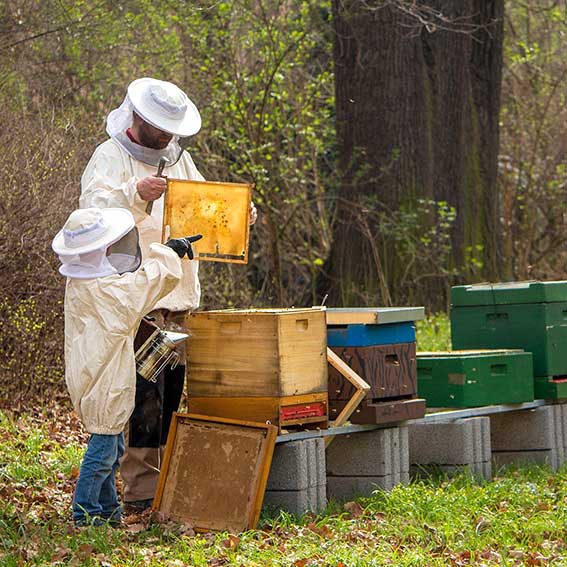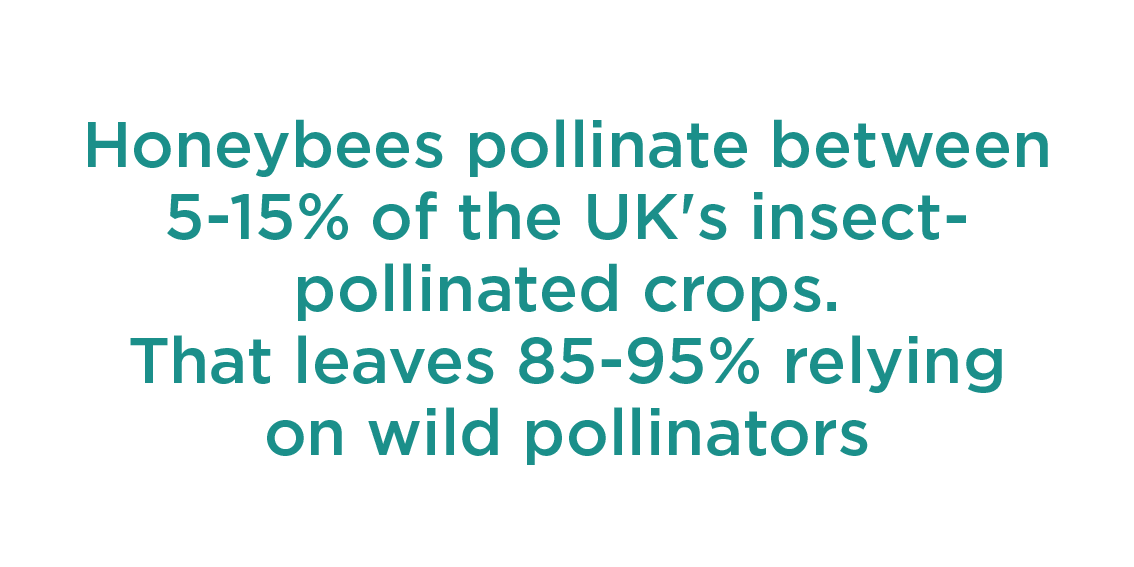


The decrease in population of our native wild life is accelerating. Of 8,431 wildlife species in Great Britain, 1,188 (15%) are currently threatened with extinction and 2% are already extinct (State of Nature Report 2019). Everything we can do to slow or stop this is of benefit.
All living beings are part of the Earth's ecosystem and form part of the food chain so the loss of any one species affects all others – directly or indirectly
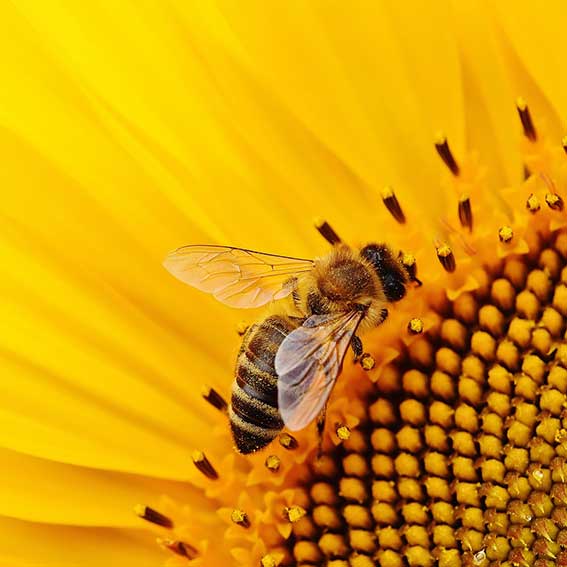
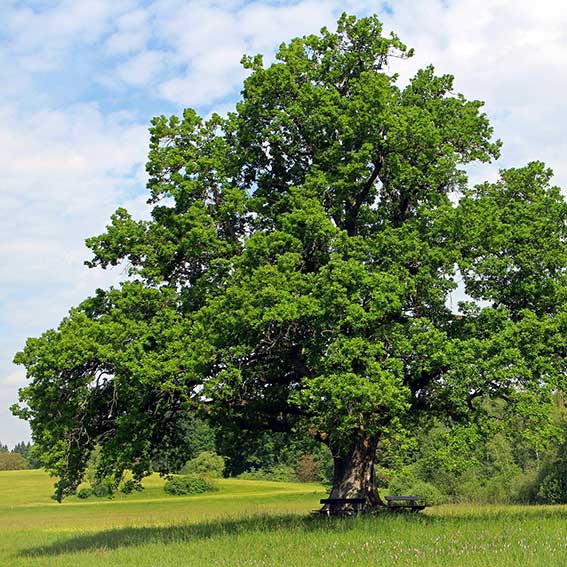
Trees are the ultimate carbon capture and storage machines. Like great carbon sinks, woods and forests absorb atmospheric carbon and lock it up for centuries. They do this through photosynthesis.
The entire woodland ecosystem plays a huge role in locking up carbon, including the living wood, roots, leaves, deadwood, surrounding soils and its associated vegetation.400+ tonnes carbon per hectare - that's how much a young wood with mixed native species can lock up in trees, roots and soil.
Among the other benefits trees provide, they help to control flooding by slowing runoff from rain, prevent soil erosion by holding soil together and provide habitats for many species.
Trees are valuable. However, think twice before replacing other wild habitats with trees. They all have their value including in carbon sequestration.
Brambles provide shelter and food for many different species throughout the year. Birds such as thrushes, robins, long-tailed tits, finches, warblers and nightingales will regularly nest in them and roost in them out of the breeding season. Brambles protect saplings from being eaten by deer. They provide a food supply for several species of moth and butterfly, hoverflies and bumblebees …. and humans! See Wild Life Articles on why brambles are brilliant!
Rough grassland provides habitat for small mammals (which form part of the food chain for birds such as barn owls). It can also support a huge number of invertebrates and can include a large number of wild flower species. See The Woodland Trust's article on grassland.
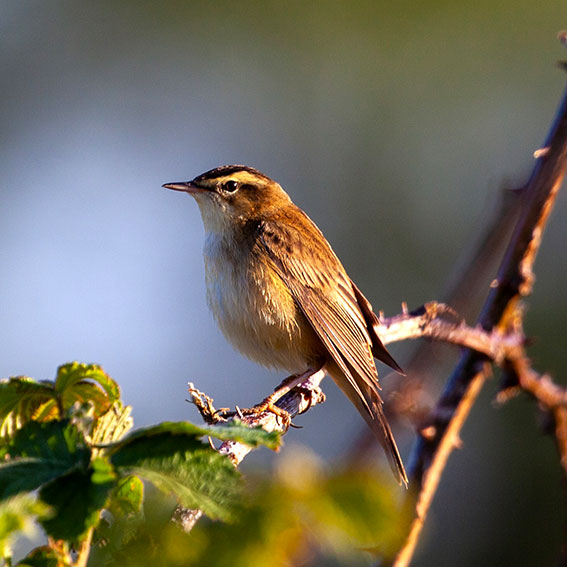
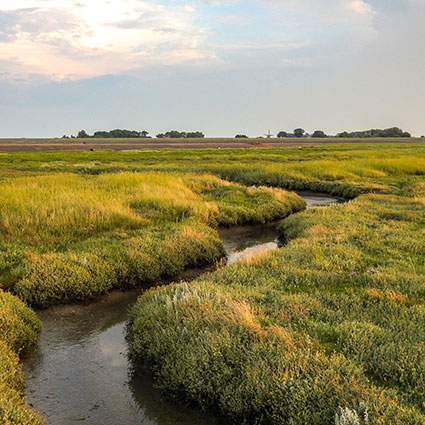
(from Natural England report April 2021)
Woodland, trees & scrub:
These have the greatest carbon sequestration rates. Rates decline over centuries but ancient woodlands are substantial & important carbon stores.
Peatland:
Peatland habitats hold the largest carbon storage of all habitats. They sequester carbon slowly but can go on doing so indefinitely.
Marine & coastal habitat:
Saltmarshes are large carbon stores. Sea grass meadows can sequester & store large amounts of carbon if undisturbed.
Open habitats & farmland:
Habitats such as heathland and semi-natural grassland sequester & store more carbon than modern agricultural land (although less than peatlands, saltmarsh & established woodland partly because they accumulate less woody matter).
Rivers, lakes & wetland habitats:
Rivers, lakes and wetlands can help with carbon cycling eg by transport of dissolved carbon and effect of drainage patterns on other habitats. However, nutrient input from neighbouring land can cause rivers or standing water to be a carbon source.
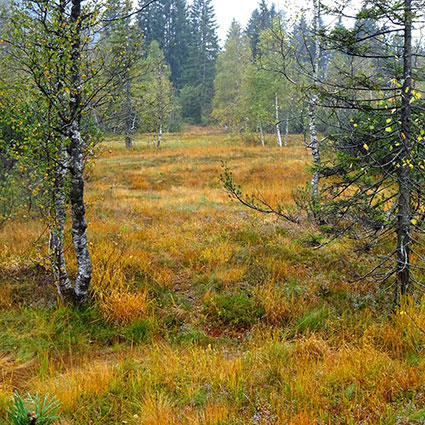

Healthy soil acts as a carbon sink by drawing carbon down into the soil and storing it – it has the potential to store more carbon worldwide than all the world’s plants and forests combined! https://www.soilassociation.org/support-us/beneath-our-feet/
A lot goes on in healthy soil. Micro-organisms work together to recycle plant debris and organic matter. Worms create channels that boost oxygen levels and soak up water. And a network of fungi transports nutrients, binds the soil together, and helps capture carbon.
But when we don’t look after it, soil can easily be eroded and washed away, or damaged by the overuse of pesticides which can wipe out organisms living below the surface. What remains is less able to store carbon, withstand drought or flooding, or provide nutrients to help plants grow.
No Dig Gardening
No dig gardening is an alternative approach to gardening in which weeds are suppressed with a covering such as cardboard, plenty of organic matter and no digging! In this way, the soil structure is not disrupted by being dug over, worms and other organisms, some of which live in the top layer of soil, are not disturbed and the soil’s ecosystem remains intact. Plants are simply allowed to break down and be incorporate in the organic matter in the soil.
Garden Organic's website gives advice on how to achieve a "no dig" garden.
Local gardening guru, Charles Dowding, has a website with more information and courses on the "no dig" method of gardening.
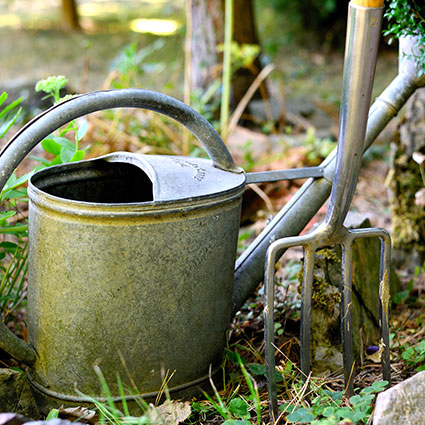
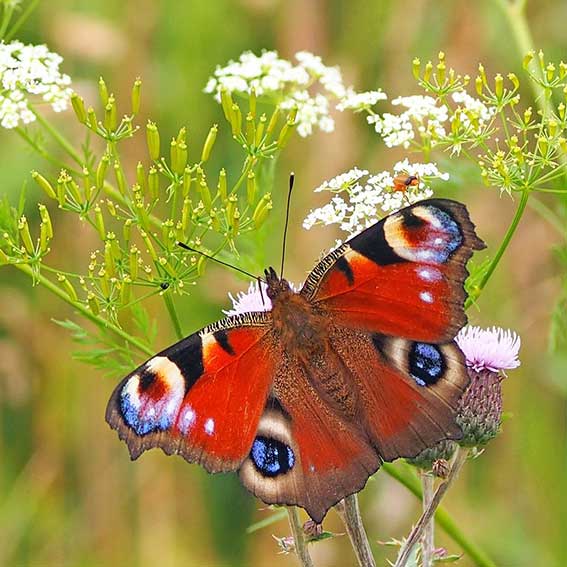
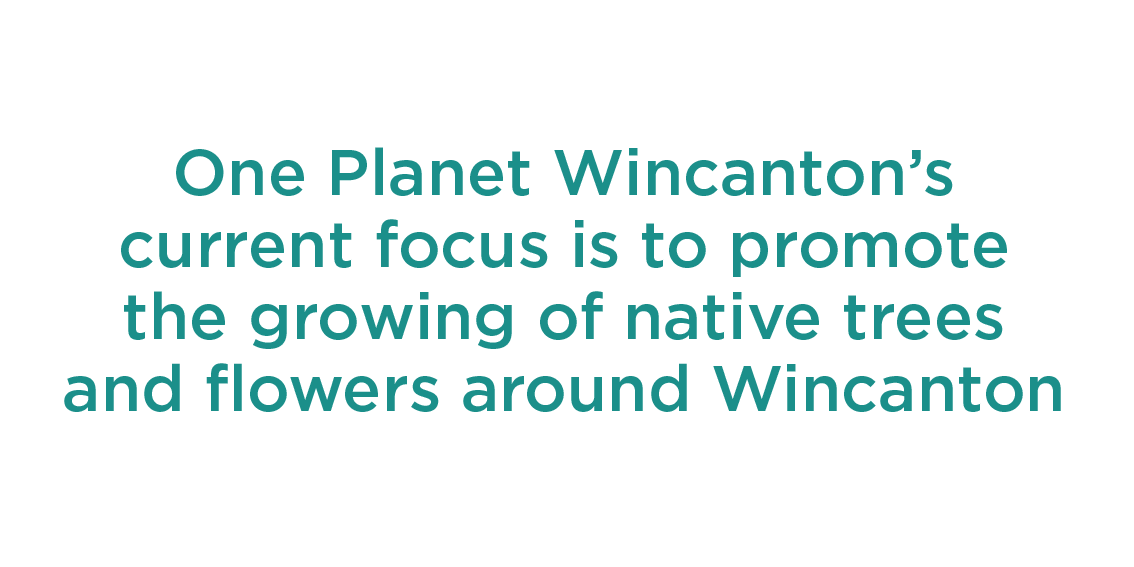
Carefully selected wildflowers will provide habitat and food for pollinators and wildlife, which are important for ecosystem function. In the process we will all be able to enjoy more green areas which have been proven to improve our health and wellbeing and foster a sense of community by encouraging residents to get involved.
This beautiful map, designed by Victorya Muscat, shows where they are. Maybe there are some you haven't visited yet?
Click here to download a large version of the map.

Want to plant a tree?
Follow this Woodland Trust guide to three
of the most successful ways to plant – Which? How? Where?
Other links

Peat bogs are an invaluable habitat for flora and fauna, supporting many rare and vulnerable native species not found anywhere else. Peat accumulates at a rate of less than 2mm per year, and peat harvested now has taken thousands of years to establish. In addition, peat stores large amounts of carbon dioxide and methane that are released into the atmosphere when it is harvested.
Should we buy peat free compost? Have a look at this Which report on the pros and cons of different alternatives…….or make your own!
How to help wildlife in your garden

The majority of seed plants need to be pollinated and this is true of many of our food crops. Insect pollinators include bees, pollen wasps, some flies including bee flies, hover-flies, butterflies and moths. Loss of pollinators means our food crops are at risk. It is important to maintain a variety of pollinator plants particularly native species.
The UK's road verges cover 238,000 hectare of land much of which could be managed to grow plants for pollinators - some is but much more could be.

There are plenty of ways you can help contribute to our knowledge of how nature is doing. This can help conservation and inform policy making
